Click here to sign up for notifications on Facebook, Instagram, Pinterest, and YouTube.
Keeping your home neat and tidy can be a daunting task if organization doesn’t come naturally to you. But there are a few simple tricks that can automatically make any home feel more organized (and cleaner) without a lot of work.
Keep Surfaces Clear
Few things make a home feel messy more easily than cluttered counters. By creating a system for keeping tables and countertops empty, you not only help your home stay neater, but also cleaner, since surfaces can be easily wiped down and cleared of crumbs.
Use a basket system to give all that clutter a home. You can have a basket for each person, or just those who need one. There is only one rule: everything goes in the basket and if it doesn’t fit, it has to be put away.
You can also use the basket system when you want to tidy up, but don’t want to let the other members of your home off the hook for their cleaning. Just put things in each person’s basket and have an assigned basket-emptying time of the day or week.
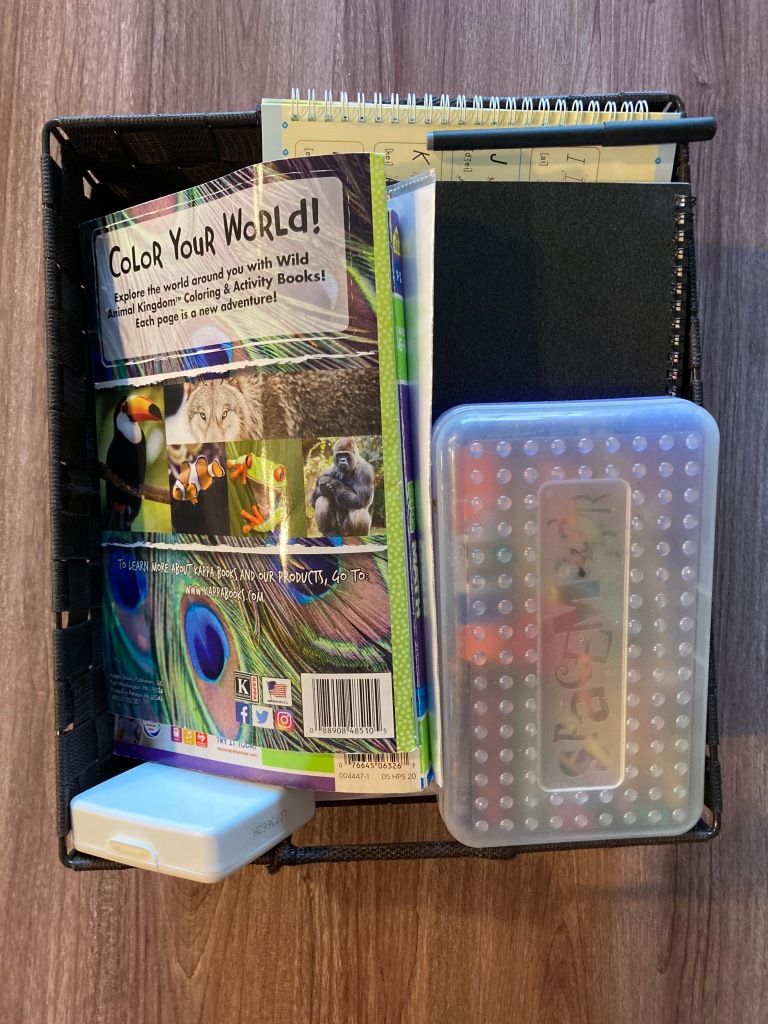
Even more annoying than a cluttered table or counter is a cluttered sink. There are a dozen items you need on hand for cleaning, but then each one has to be removed to clean the sink. Use a wire shelf to elevate these items and make wiping down your sink take a fraction of the time.
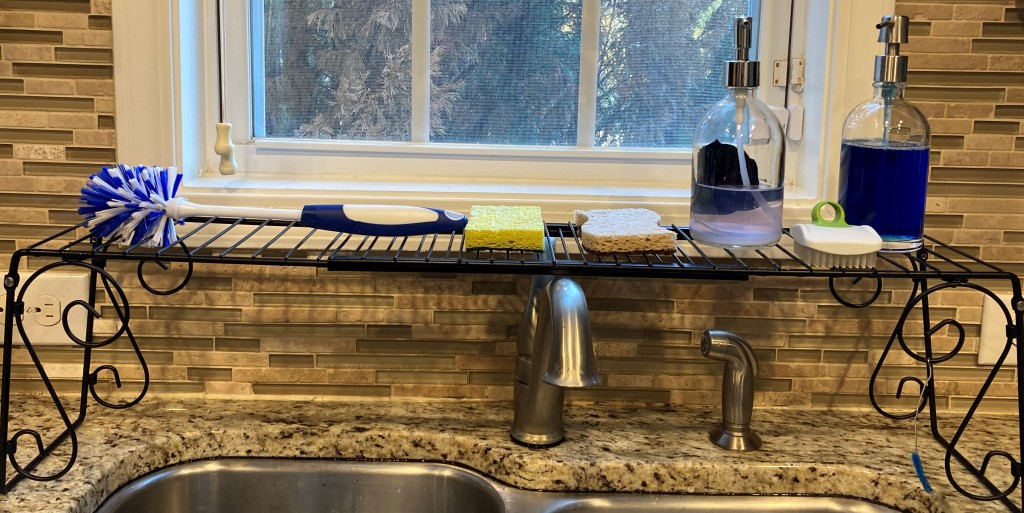
While on the topic of the kitchen sink, try transferring your dish soap to nice hand soap container. Aside from looking nicer, it is much more practical since you can add soap to a dish sponge with only one hand, rather than having to turn the bottle upside down.
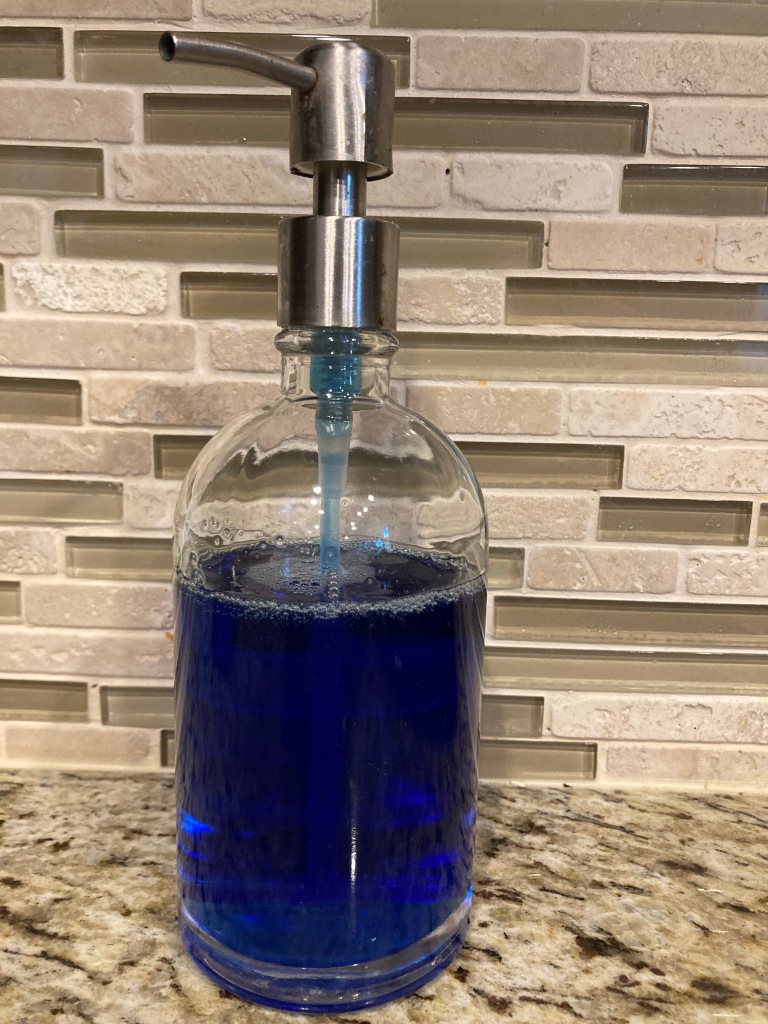
If you’re in the habit of removing rings to wash dishes, affix a hook on the wall next to (but NOT over, lest they fall in) the sink to hang them on.
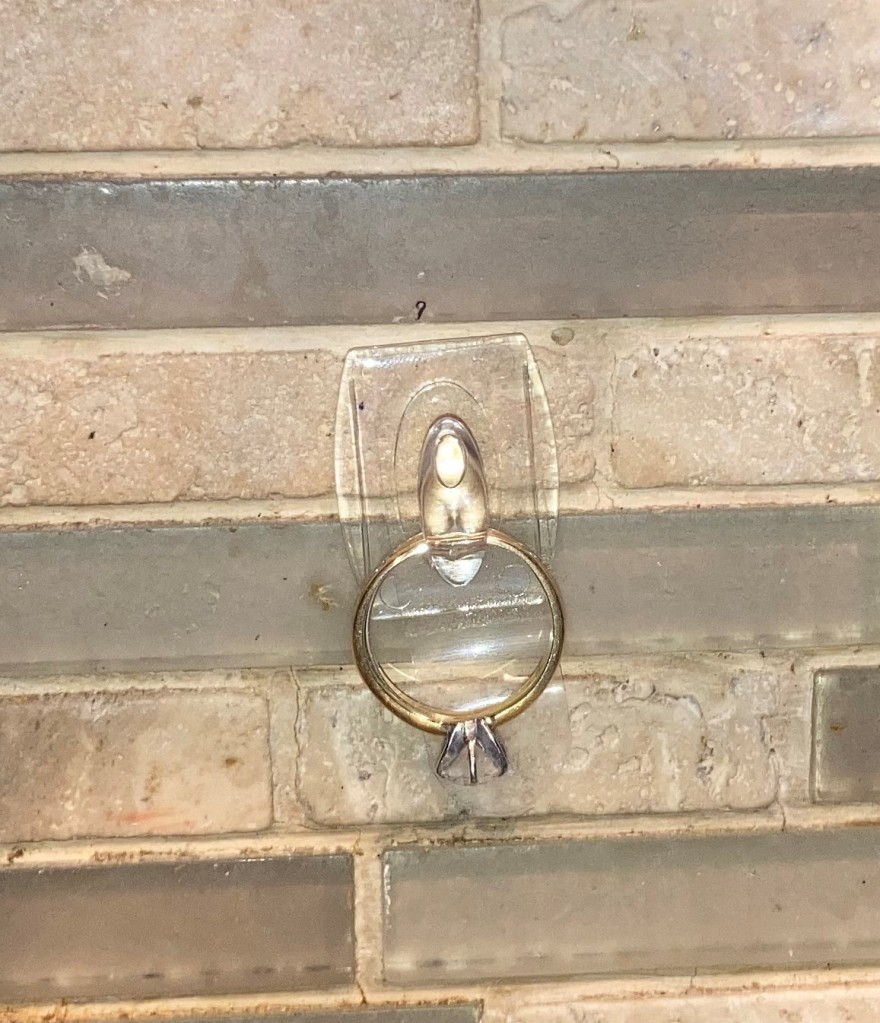
Create an Upstairs/Downstairs Carting System
If you live in a home with more than one floor, you know this experience. You have a small item to put away on another floor, but don’t have the energy (or freedom from young children) to go up or down the stairs. You have all the good intentions of always putting things away as soon as you are done with them, but it is often impractical at the moment. To solve this problem, create a basket system for items that will be brought up or downstairs and then grab it on your next trip.
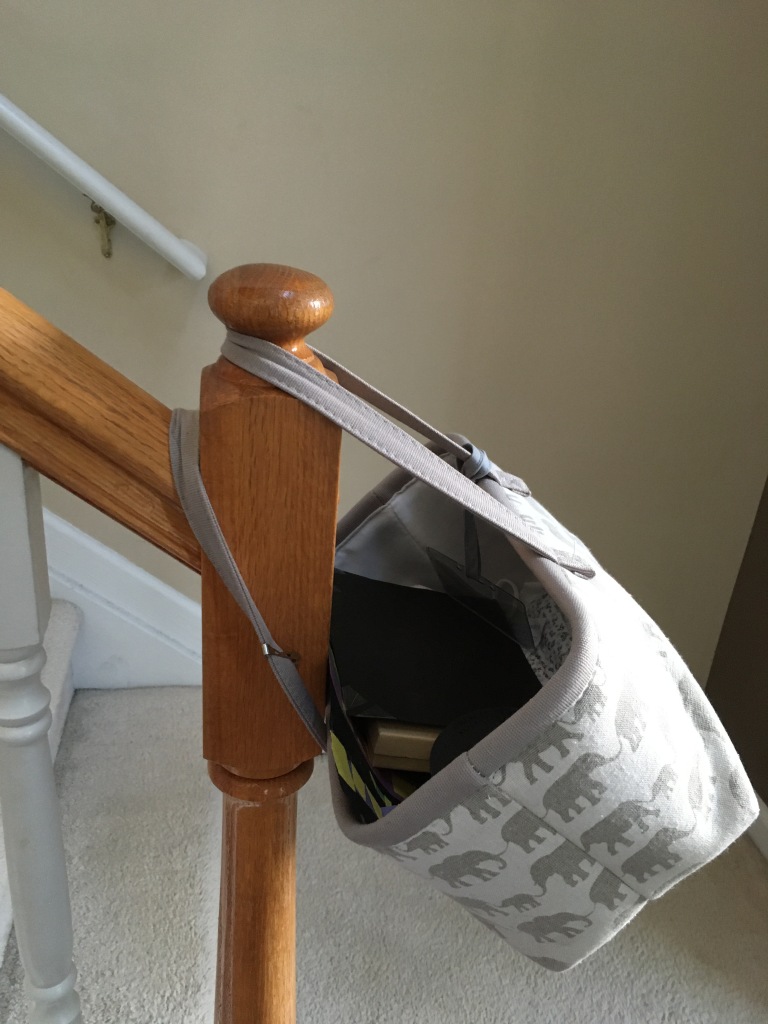
For a staircase with a baluster (that ball at the top), a basket or sturdy fabric bag with handles works well. For a landing at the top of stairs, use a flat-bottomed bin. Gift baskets, once emptied of their goodies, can be put to great use in this capacity.
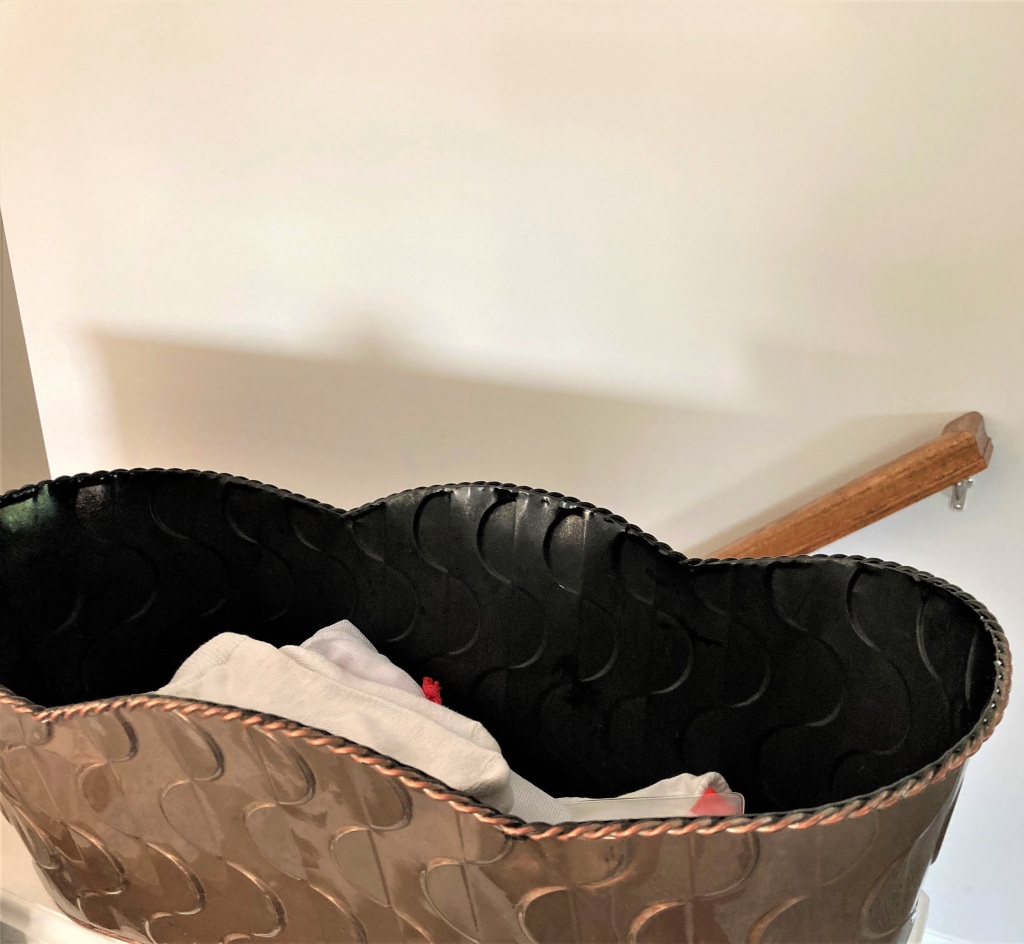
Get Furniture That Doubles as Storage Space
There are many options here: benches that open into shoe storage (and give you a place to sit while putting on shoes); coffee tables with space for baskets, or even decorative storage boxes that look like coffee tables when closed; and wall cabinets that double as art.
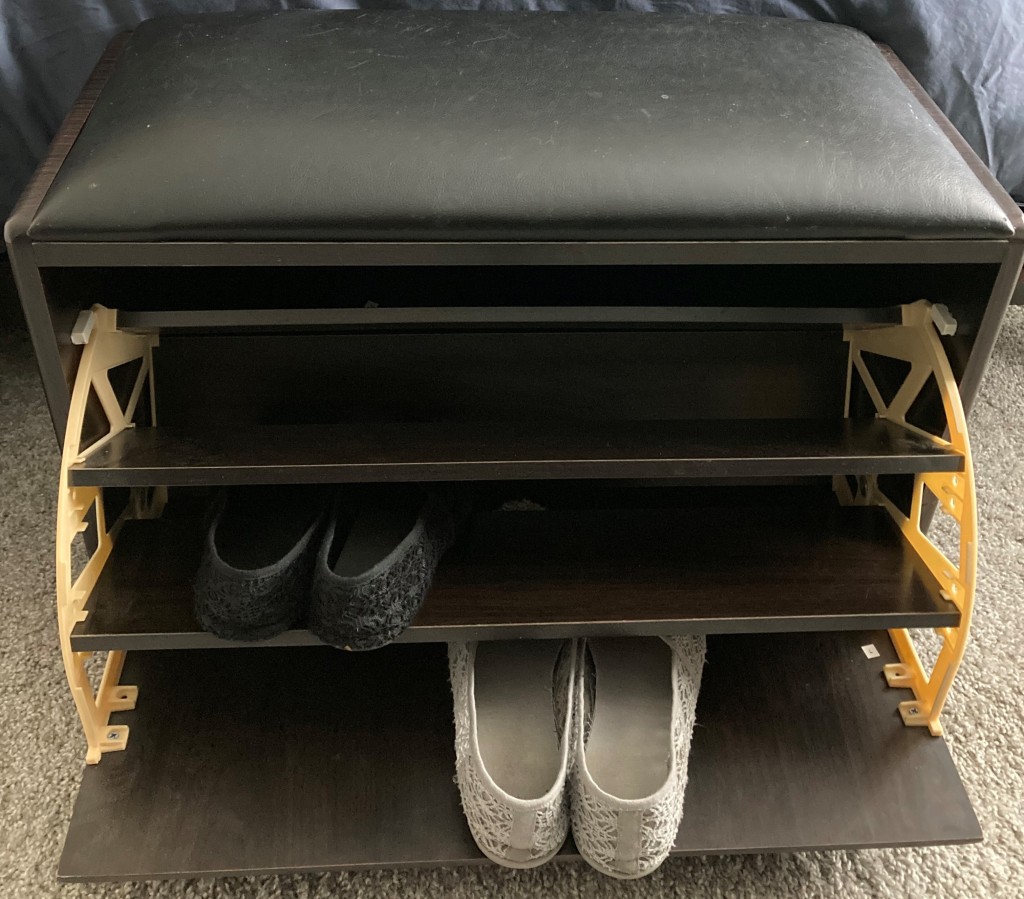
Keep Cleaning Supplies Where You Use Them
If you already have a million excuses to not clean, having to go to another room or another floor to get your cleaning supplies is not going to help. Rather than keeping all items in one closet, make sure each room has what it needs to get a basic cleaning. Make sure each room has its own trash can and keep a roll of garbage bags near each garbage can. Keep a recycling bin on each floor of your house.
If you don’t have space under the sink and don’t want these items visible (especially for a guest bathroom), get creative about installing a wall cabinet or small screen. Bedside tables also work well if you have enough space.
Each bathroom should have:
- a toilet brush and cleaner
- bleach wipes or a sponge and cleaning powder
- paper towels
- hand soap refill
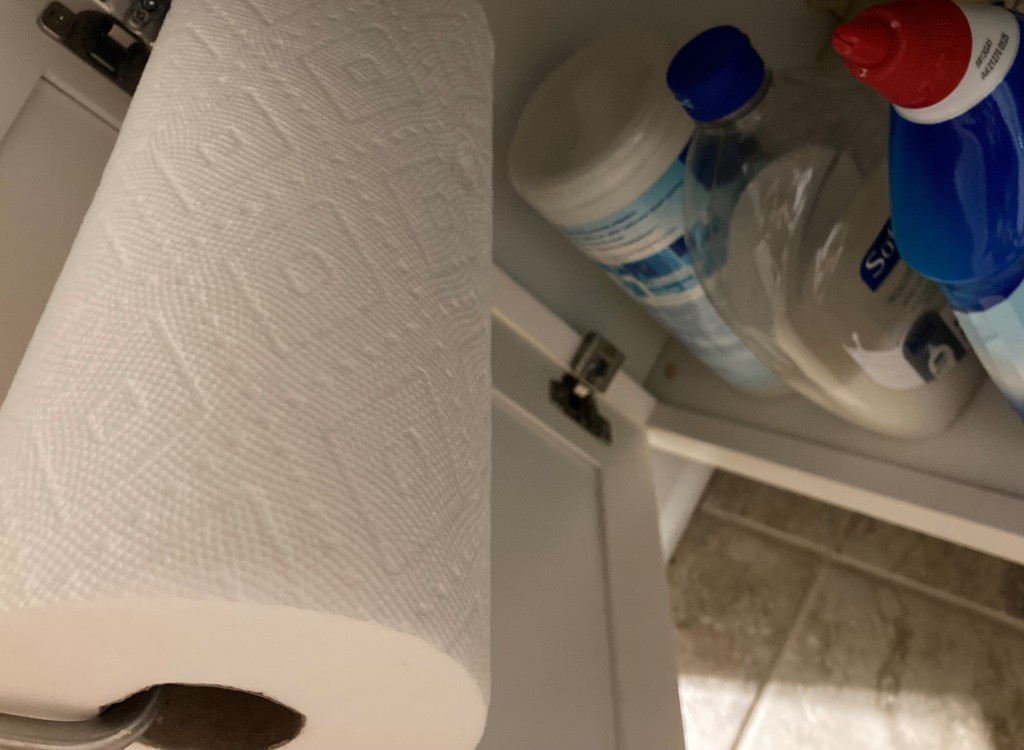
On the subject of cleaning supplies, here’s a fun hack: tin can lids (such as those sold for cat food), fit perfectly over cleaning powder containers, which for some completely baffling reason, have no top and therefore can cause a huge (and dangerous to pets and children) mess if tipped over.
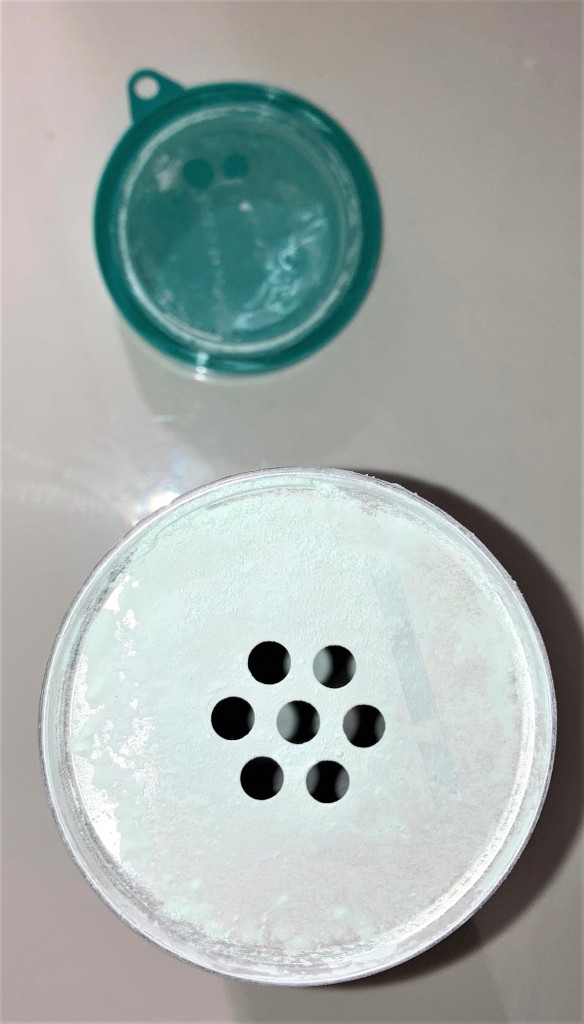
Create a Cleaning Routine
Plan out your cleaning routine in writing to make sure it actually happens. Take into account how many people will be a part of it, the size of your home, and what your cleaning expectations are. Not everyone has the same standards, which is fine. Color coding helps everyone spot their assigned tasks easily.
Make sure your list includes:
- Daily tasks
- Weekly tasks
- Semi-monthly tasks
- Monthly tasks
- Semi-annual tasks
- Annual tasks
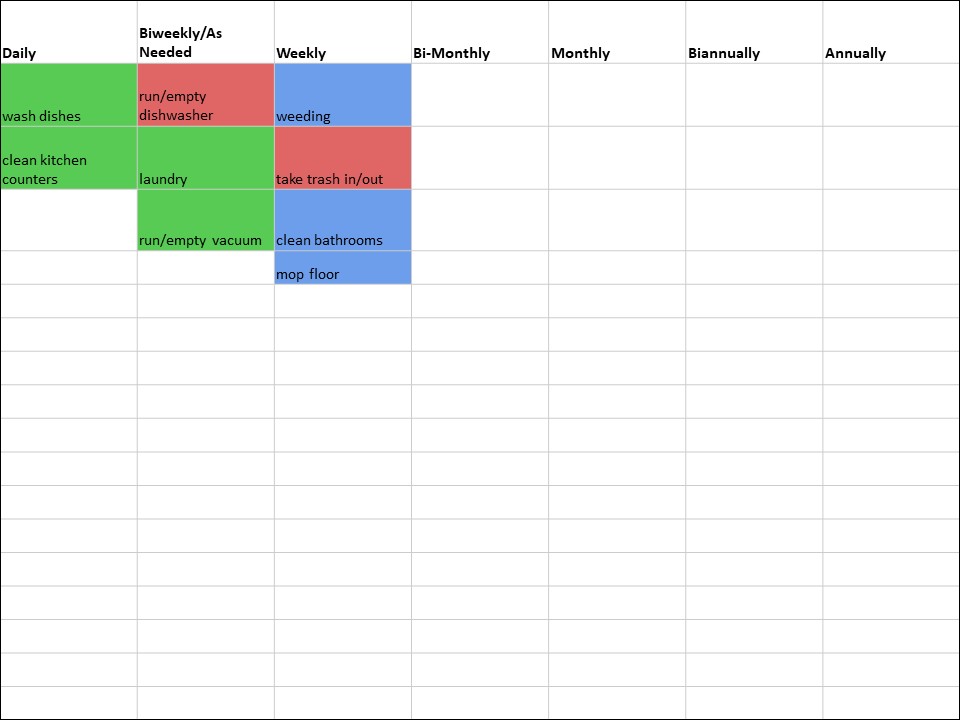
For those that can’t quite keep up with a schedule, here are some alternate plans:
- Power clean for 15 minutes before anyone comes over or just when you can. Stick to the most important things (bathroom, kitchen, floors) and set a timer. Whatever doesn’t get done in 15 minutes just doesn’t need to get done if your schedule is tight.
- Clean one thing every time you walk into a room. Make it a habit that whenever you enter the kitchen, you wipe down a counter. Whenever you go to the bathroom, clean the sink or toilet. Whenever you walk into the living room, pick up one thing to put away. Before jumping in the shower (or even while you shower) wipe down those walls. You will feel productive, will keep a balance, even if you don’t make progress, and know that you have a plan in place.
- Create a multi-tasking cleaning system. Make a list of the things that need to get done. Make another list of all the times you are waiting for something, no matter how short (like waiting for the shower to warm up or for your coffee to brew). Which tasks can get done during these down times? Even a small task that takes 60 seconds is one more thing off your list. Match them up, and use sticky notes, phone alarms or whatever it takes to get yourself into the habit of always doing A while you are waiting for B. Soon enough, those multi-task cleaning actions will become a subconscious habit.
- Break big chores into smaller bits. Don’t wait until you have two hours in a row to do the laundry if you have a machine in your home. Toss it in the washer on your way to work. Put it in the dryer when you get home. Pour it onto the bed after dinner. Sort it a bit at a time between other things. You can’t go to bed until it’s all put away, so you’re guaranteed to have it done by the end of the day.
- Have a calendar check-off list posted in each room. Write down what needs to be done during that time frame. Check off when the task gets done at any point during that timeframe. This may mean some weekly items get done three days apart one week, and thirteen days apart another week, but that’s still better than not getting done at all.
Keep Track of Inventory
If you want your home to run smoothy, treat it like it’s a business and keep track of inventory as if you are a store manager. Keep a list of everything you want/need to have in stock. Keep a personalized grocery list (you can use the template in the link) Make sure everyone in your home is on board with your restocking plan. Keep as many of an item as you have space for, so that when you shop, you can get a few at once. When the last of an item is removed from the shelf, add it to the list. Keep your shelves labeled so that if someone forgets to do this, it is obvious what item is out. Make sure item move front to back, left to right, or bottom to top, so you don’t use newer items before older ones. If you finish off the shampoo while upstairs and it needs to be added to your list, don’t throw it out until you have added it, lest you forget.
https://docs.google.com/spreadsheets/d/108rgiSH3GTVs_9NdThArzv7r0G_eJfROgxj9G6KE0BY/edit?usp=sharing
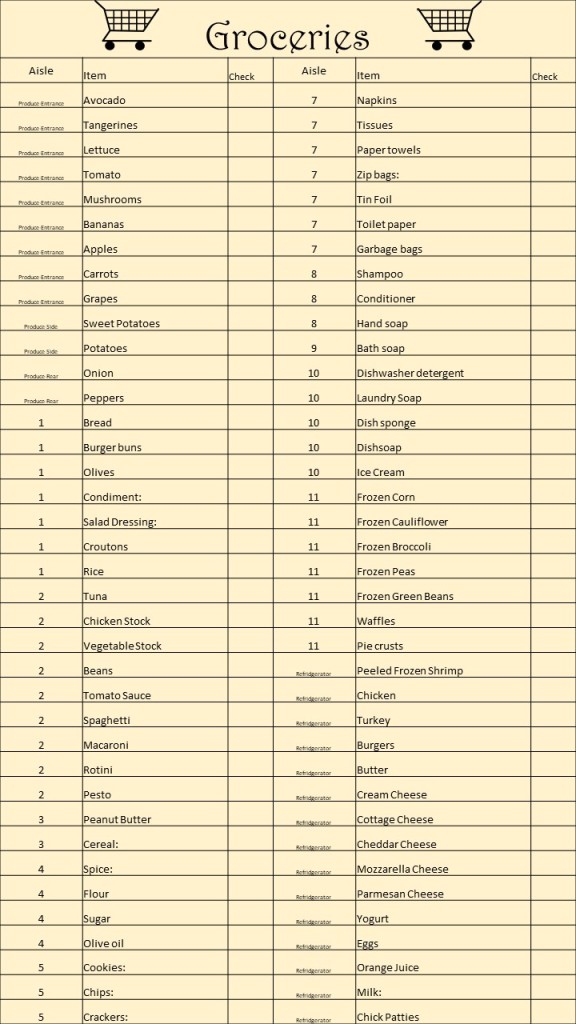
Create a Filing System
Even in this digital age we all have papers that need to be dealt with. Create a system for handling mail and other paperwork that every member of the house can agree on. Write out what that system is so that there are no disagreements about it later on. If only one person is in charge of filing, create a FILE, SHRED, LATER bins. Set a regular reminder on your phone to follow up on the LATER pile once a week and to do your filing and shredding once a month.
If more than one person is filing and attending to incoming paperwork, set up a basket for each responsible party. When one person opens the mail, anything for someone else goes straight in their basket. If you need extra help making sure you don’t lose track of a bill you need to pay, lay it on the bed, so you (or your spouse) can’t go to sleep without seeing it.
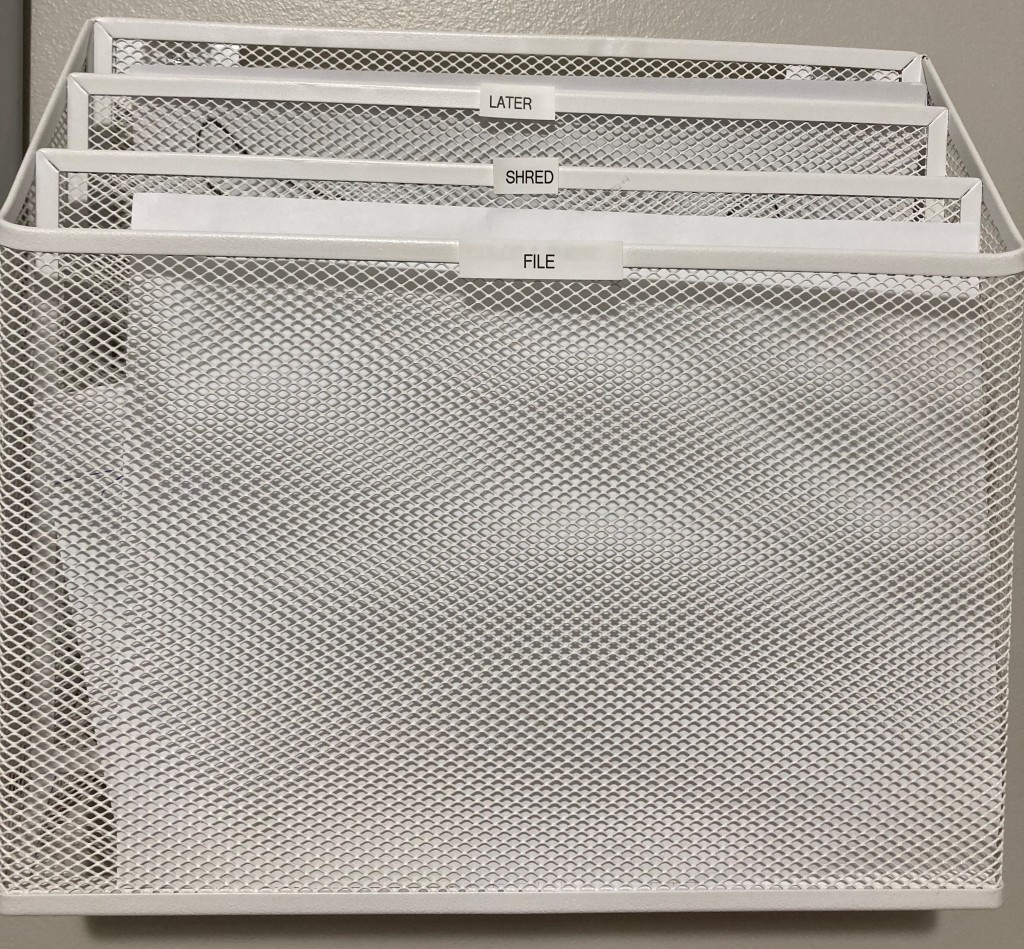
Create a Mailing Station
Even in an e-everything age, some people still love sending and receiving cards in the mail. And even those who do not will find themselves needing to mail things now and then. Be prepared with a home mailing station that has everything you need. It should include:
- Regular size envelopes
- 9×12 envelopes
- Stamps (domestic and foreign)
- Return address labels
- Certified mail forms (domestic and foreign)-you can grab extras when you visit the post office, rather than having to fill them out while you’re there.
- If you are whimsical, you may want to include fun stamps/stickers for the envelopes
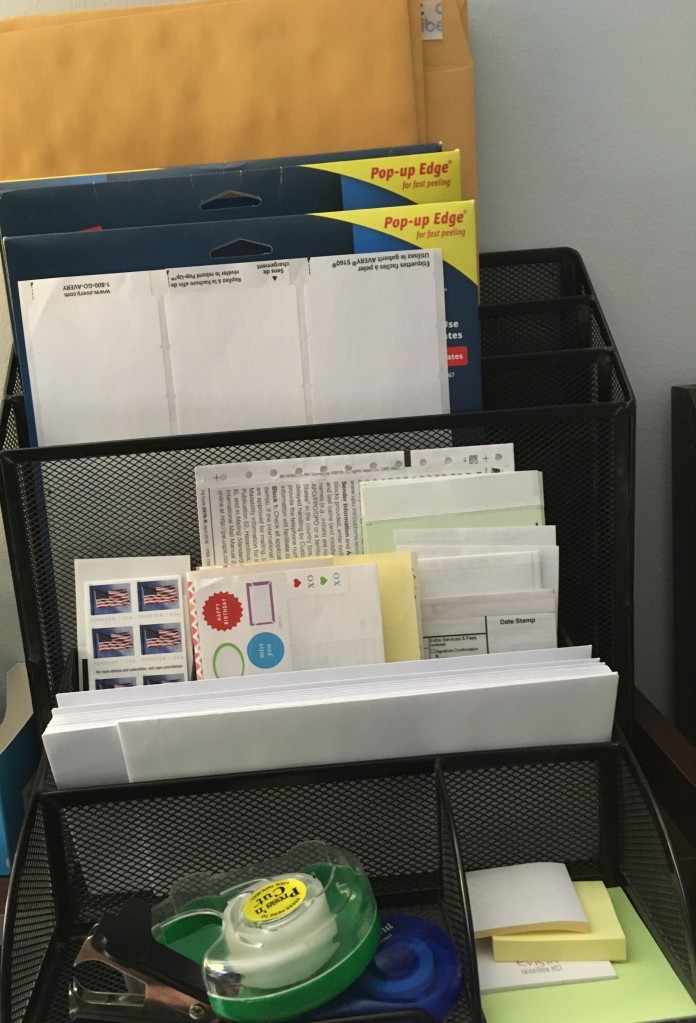
A mini mailing station by your front or garage door can also be helpful. For this, you just need a space big enough for envelopes to go out, a few stamps & return address labels (cut the pages to use as little space at this station as possible), and a pen for when you need to return tax forms sent to the residents who moved five years ago.
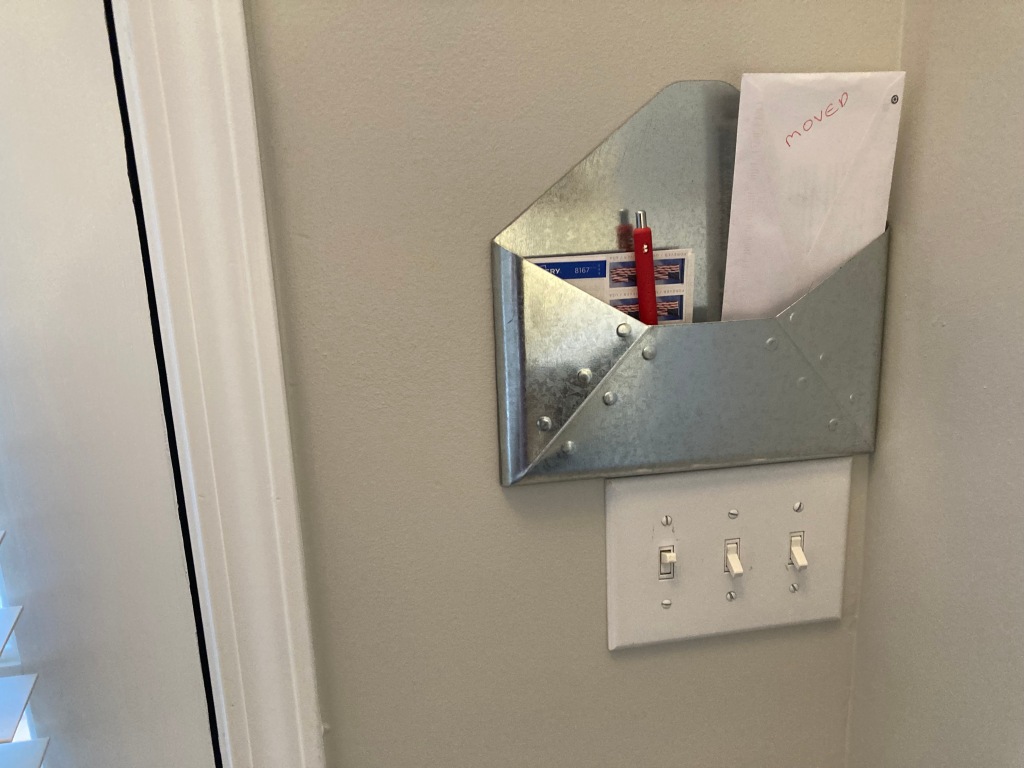
Create a Greeting Card Box
When friends and family get sick, suffer a loss or success, or do something for you that deserves an extra-loud affirmation of gratitude, a card can go a long way. But usually by the time you have made it to the store to pick one up, too much time has passed for the thought to mean as much. A simple solution is to buy bulk sets of cards commonly needed and keep them in a box to be ready at a moment’s notice.
Some categories to consider are:
- Birthday
- Get Well
- Blank
- Sympathy
- Thank you
- Extra envelopes
- Holiday extras
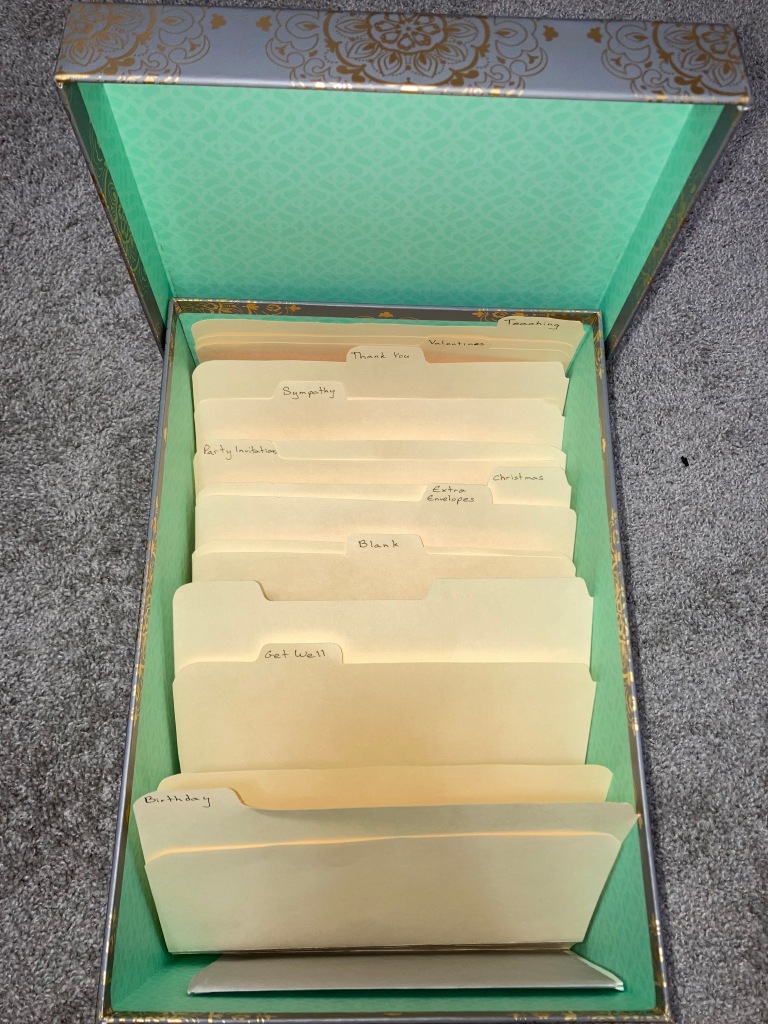
Keep On Top of Birthday Cards
While most friends these days are content with a birthday text or shout out on social media, most of us have a small group of relatives and very close friends who still make the list for an actual physical card in the mail. To avoid missing those dates, and to make card shopping easier, create a birthday magnetic or cork board. Label a clip with each person’s name and the date of their birthday (or anniversary, or holiday they celebrate but you don’t). When you find a card you think fits them, clip it to the board and leave it there until it is time to post it.
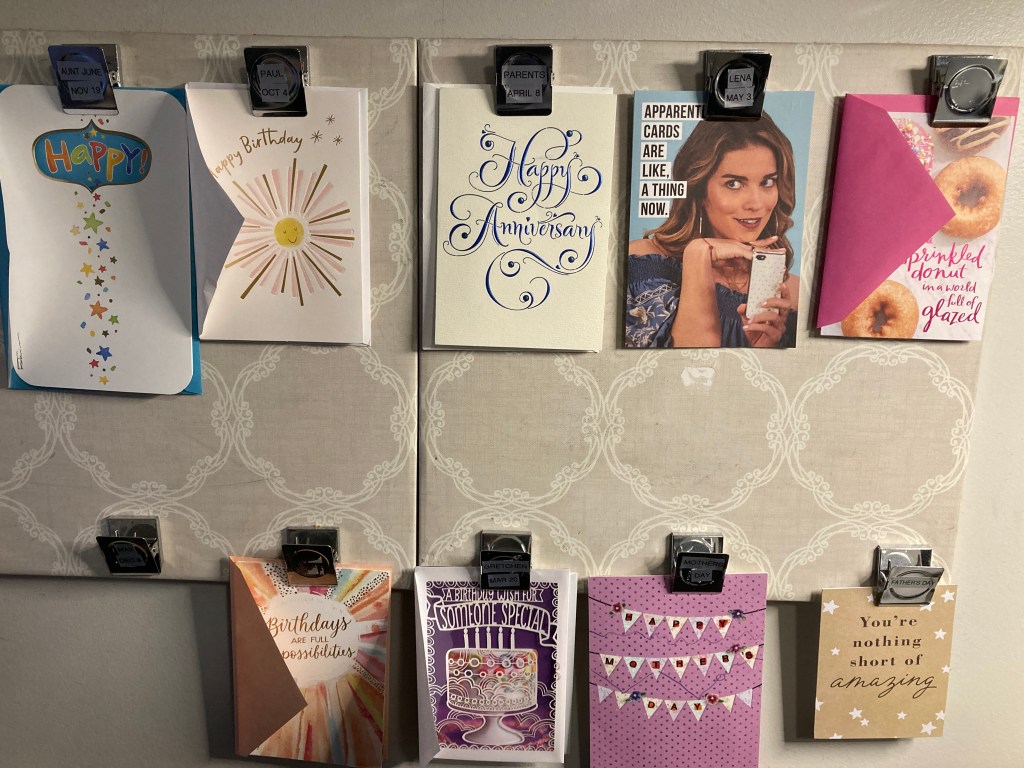
Color Code Your Family Calendar
Assign each member of the family a different color, and one color for all-family activities, to keep everyone on track.
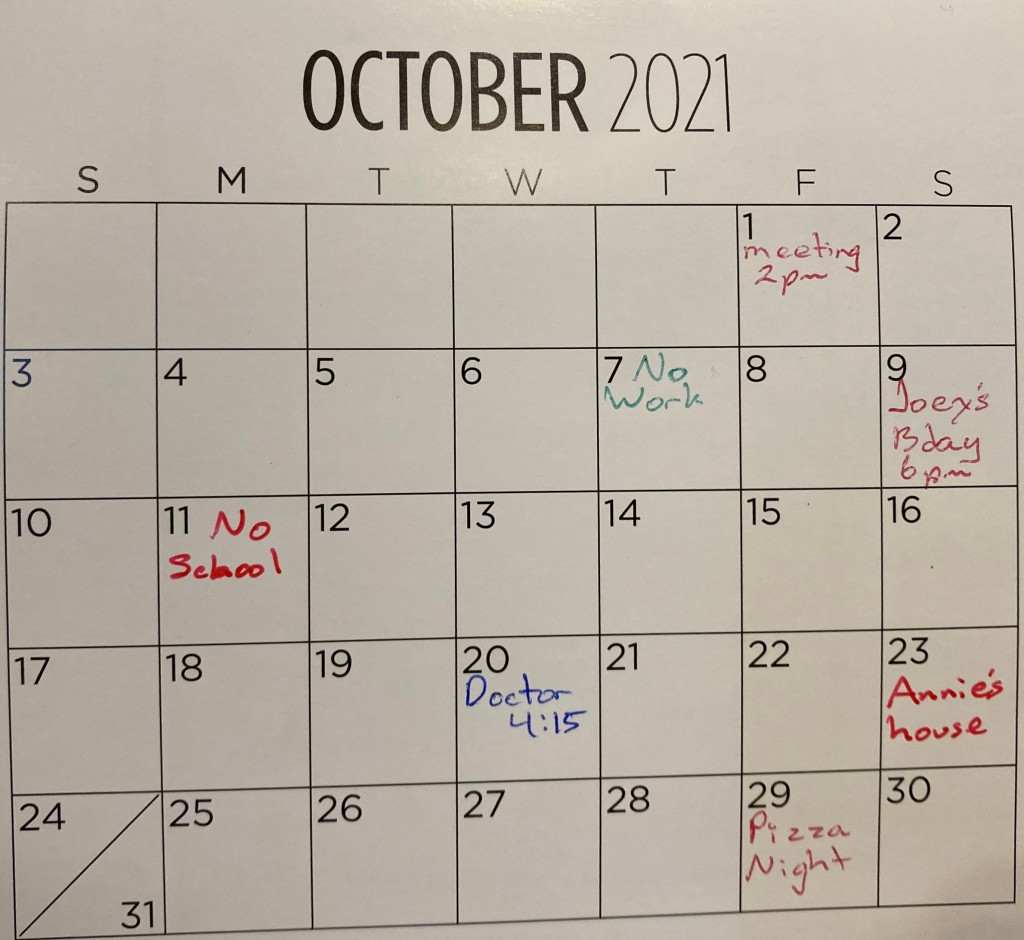
Keep Your Medicine Cabinet Stocked and Tracked
The only thing worse than finding you are without a common medicine when you need it and having to make a run to the pharmacy late at night is having the medicine you need at home but finding out after you have taken it that it is expired.
To avoid this, keep track of all your medicine in one location. Put this tracking chart on the inside of the closet or cabinet door where they are stored. If you keep a bottle headache medicine next to your bed or in your guest bathroom, be sure to note it on the chart. The expiration date is the first column to make sure it is the first thing you see. Set a reminder on your phone to check this list once a month to see which medicines need to be replaced or restocked.
What should you always have?
- bandages
- antibiotic ointment
- gauze
- first-aid tape
- thermometer
- cold/flu/sore throat
- headache
- pain reliever
- fever reducer
- indigestion (whichever type you are prone to)
- itch-relief cream
- nail polish remover (not for your nails…for when you get extra-strength glue on your skin)
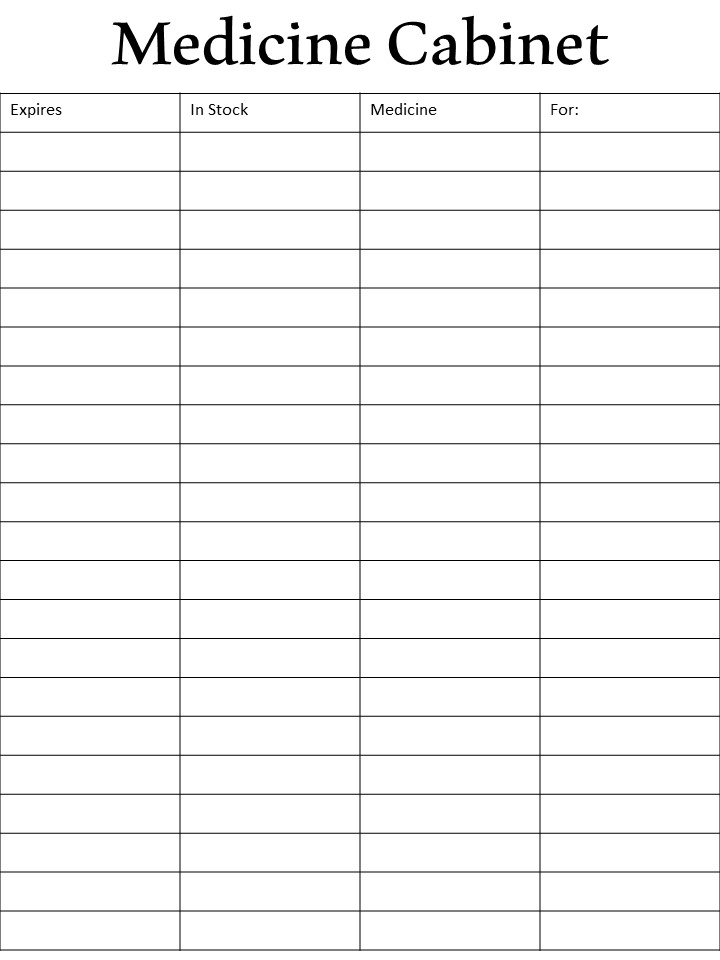
Keep Batteries Organized
Keep all batteries in a central location so you can keep track of which ones you have. Get dividers to create spots for the types of batteries you will need most often and label them so it is easy to keep track of when they are out (and add to your shopping list). You will want spots for AA, AAA, D, C, as well as one section for random extras (take note of the kind of batteries needed for your car key, fire/carbon monoxide detector and garage remote). Other good items to keep in this drawer are a charging station for rechargeable batteries and a battery tester to check how much energy is left in batteries that only briefly got used.
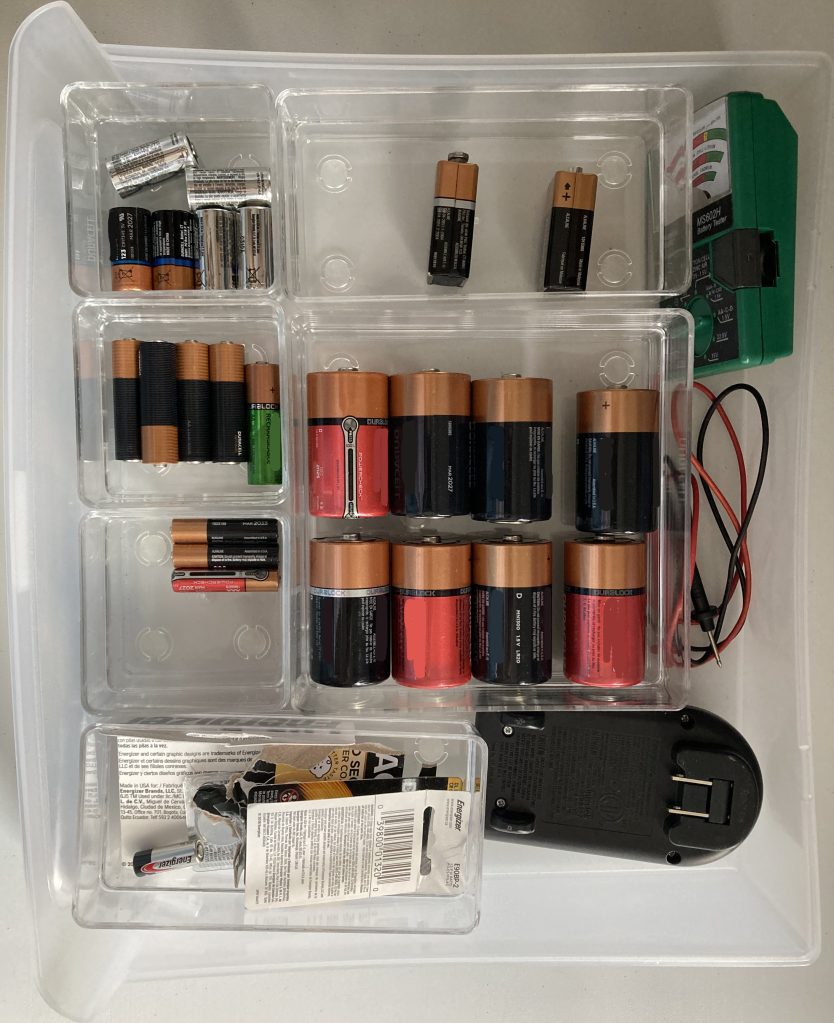
Get a Bedside Organizer
If you don’t have a nightstand with plenty of space for organization (or you do but still need more space) a hanging organizer that tucks into your bedframe is a must.
- book/tablet
- medicine to take before bed
- lotion
- hand sanitizer
- sticky notes and pen
- hairband or clamp
- mints
- lip balm
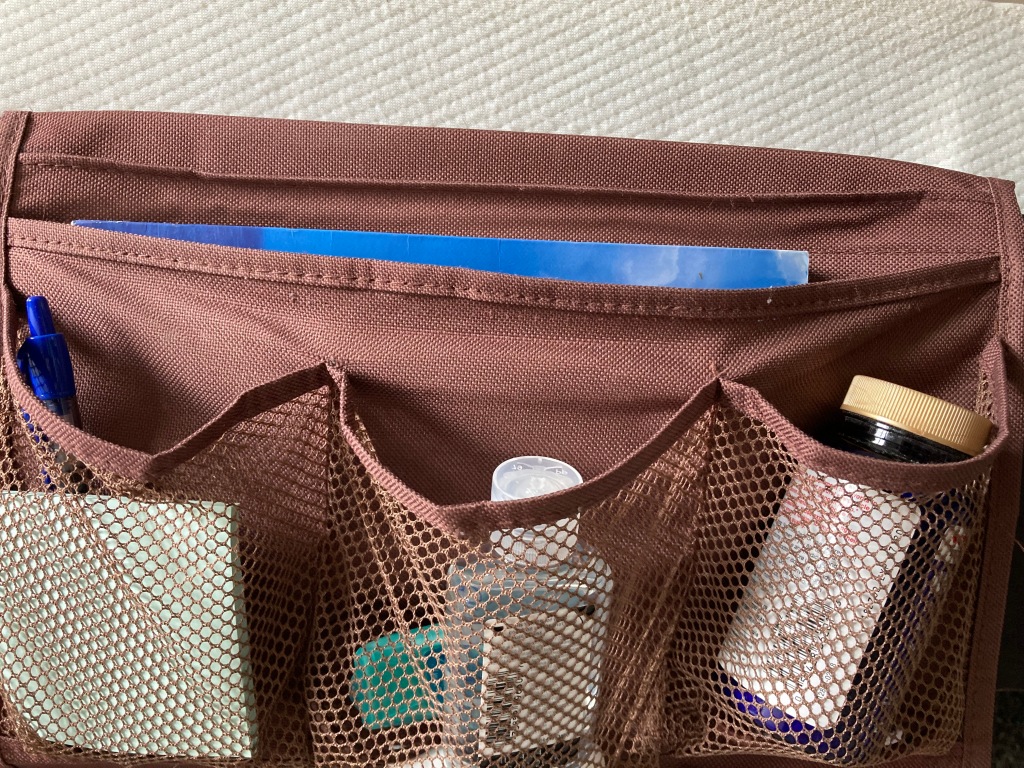
Declutter Your Wallet
Do you have a bunch of cards from the laundromat, arcade, dessert store & etc. that you don’t want to keep in your wallet but can’t keep track of where you put them if you take them out of your wallet? Get a page that holds multiple business cards and hang it by your other things next to the garage door. This way whoever will be using them can easily access them before leaving the house.
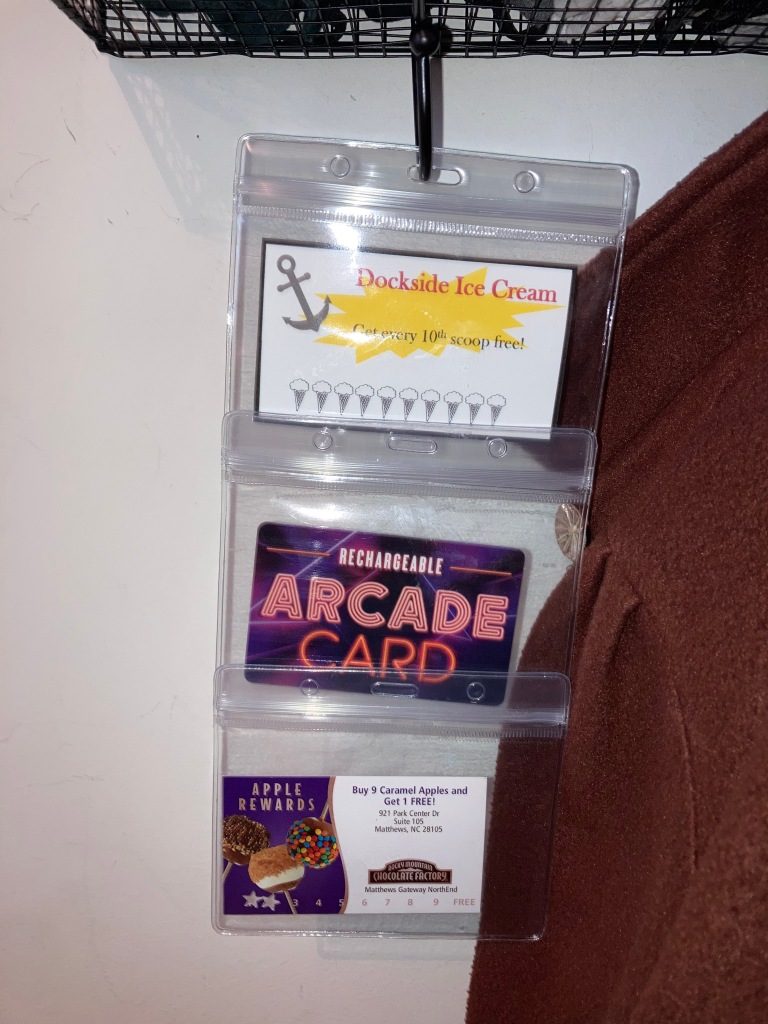
Keep Spices from Falling out of the Cupboard

Tired of your spices falling out when you reach for one from the back row? Use tension rods to prevent them from slipping forward.
Keep Large Garbage Bags in Place
Keep your kitchen garbage bags in place by sticking small hooks onto the side, facing upside down. Or use binder clips for bags with no ties.
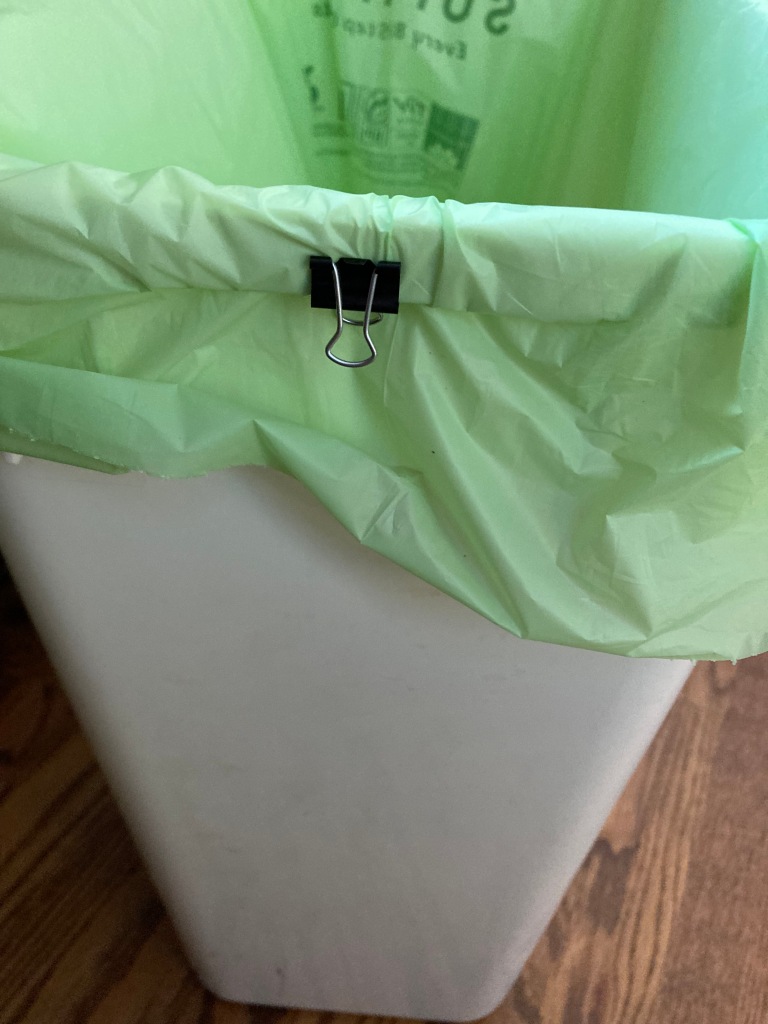
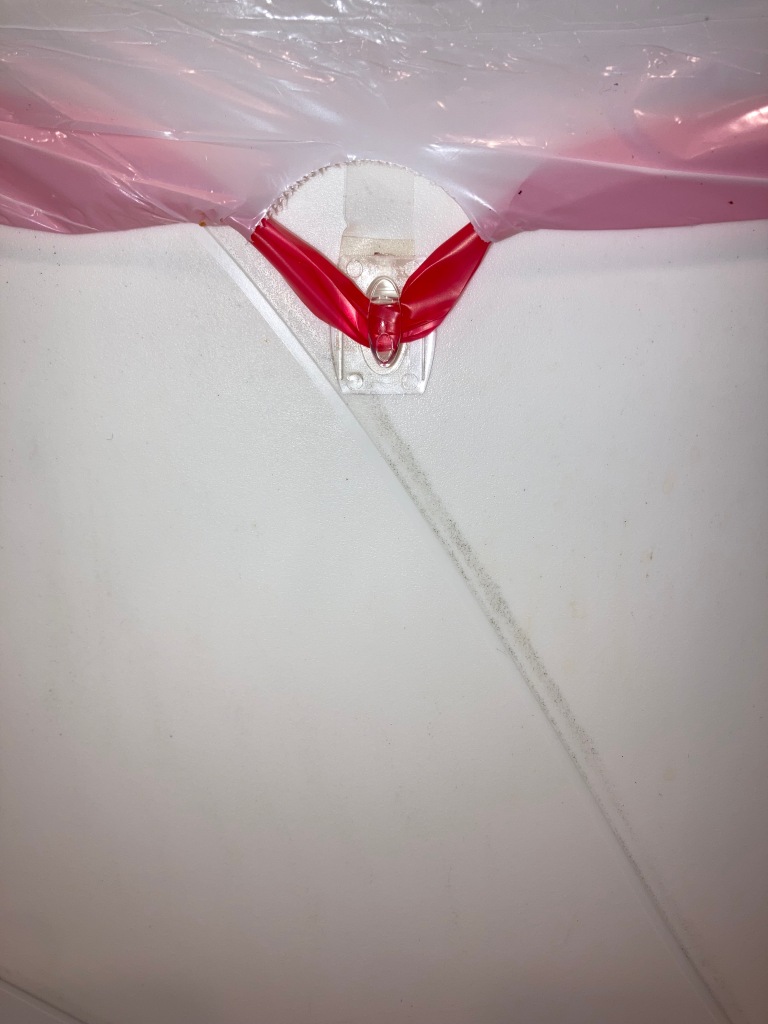
Sanitize Your Dish Sponges
Once you’re done in the kitchen, remember to pop the sponge(s) into the dishwasher before running it. This will keep them sanitized for future use.
But what if you need to hand wash a dish while the dishwasher is running? Keep two sponges in rotation. As soon as you empty one from the rack, place the other inside so you don’t mix up which due next.
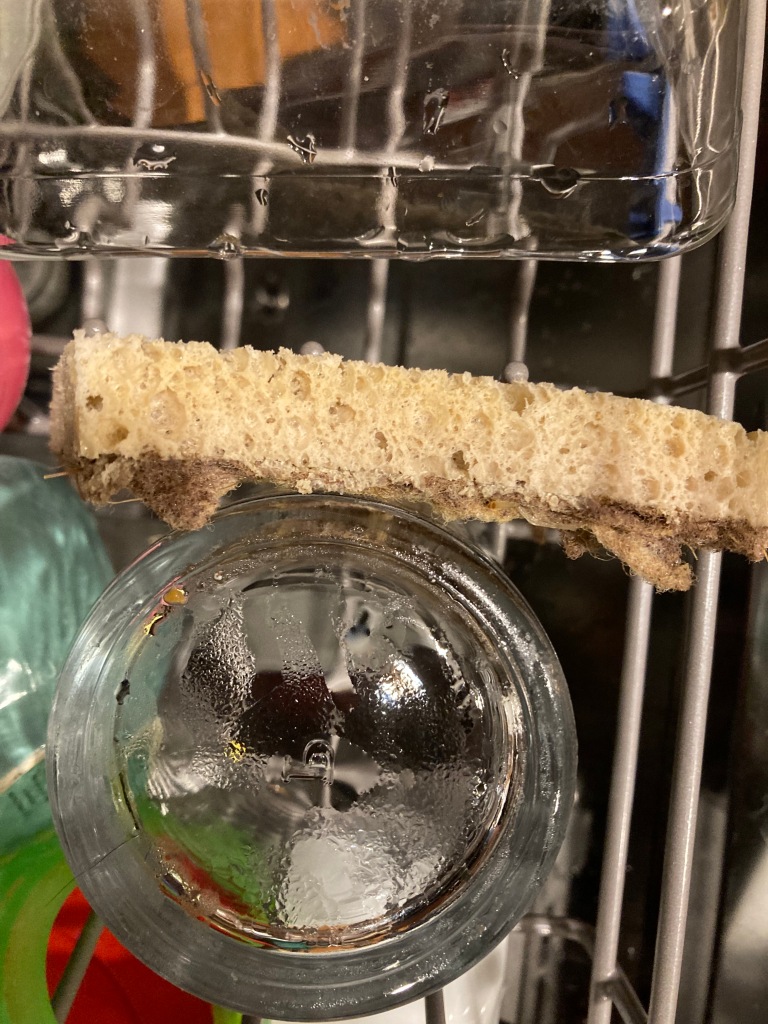
Want to get a monthly digest of all that’s new at Teach Grow Sow?
Click here to sign up for notifications on Facebook, Instagram, Pinterest, and YouTube.
Have questions or feedback? Email:
teachgrowsow@gmail.com